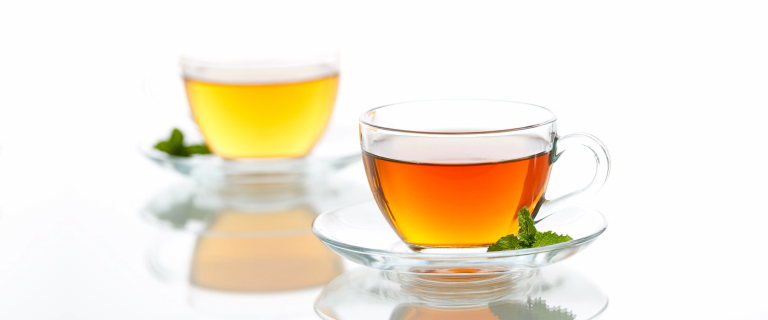Tea is produced from the Camellia sinensis plant, grown widely in the tropical and sub-tropical regions of the world. While there are more than 325 varieties of genus Camellia, only two varieties of Camellia sinesis are commercially viable for producing tea: Camellia sinensis var. sinensis and Camellia sinensis var. assamica.
China or Chinary Plant
The China plant, also referred to as the chinary tea plant, is native to the lands stretching northern part of Burma, and Yunnan and Sichuan provinces of China. It grows to be about 2 meters in height and has dark colored leaves which feel almost leathery. Its buds have a brownish hue while the larger leaves tend to be mildly serrated.
Assam Plant
The Assam plant or Camellia sinensis var. assamica, is, in fact, a small tree, which grows to be about 10-13 meters in height. Its leaves are thin, bright, and tend to have a tapering apex.
How does Indian green tea compare with Chinese green tea
Chinese green teas are light-to-medium bodied and soft in taste. This is because most Chinese green teas, such as Longjing, are slowly pan-fixed for 2 to 3 minutes. This gives the leaves enough time to release aromatic compounds and glycosides. In Japan, leaves are fixed using steam and for an extremely short period of time.

Indian green tea tends to be more intense in flavor when compared with its Japanese and Chinese counterparts. Then again, depending on the kind of processing the leaves are subjected to, it is easy to manipulate a green tea’s flavor. In India, tea is generally fixed in hot metal pans. Occasionally, some producers use steam to fix the leaves in order to produce a Chinese-style green tea. All tea growing regions of India produce green teas. However, the most noteworthy green teas are produced in the Nilgiris, Assam, and Darjeeling.
How does Indian white tea compare with Chinese white tea
White teas from China are extremely light and mellow in taste. The best Chinese white tea is produced in the Fujian province, and made from the young spring buds (with or without the first leaf). These white teas are exceptionally delicate and are more noted for their texture rather than flavor. High-grade white teas, such as Bai Hao Yin Zhen (silver needle white tea) and Bai Mudan (white peony) are known for their velvety texture and mellow sweetness and find takers among tea enthusiasts and connoisseurs world over.

In India, white teas, such as the silver needle and the white peony, are widely produced in Darjeeling as well as the Nilgiris. These are biodiversity rich tea-growing regions and well-known for the exotic flora that thrives here. This, along with the cool mountain air and nutrient-rich soil conditions all bestow the tea plants with an exceptionally fragrant flavor profile.
The best Darjeeling white tea is produced in spring right at the start of the first flush. Spring white teas are remarkably fragrant, notable for the scent of citrus blossom, lavender, geranium, tropical fruit and fresh greens. In a sharp contrast, the most noteworthy white teas from the Nilgiris are produced during winter, between December and February. The Nilgiri winter flush white teas have a distinctly fruity flavor profile marked by lifted notes of tropical fruit.

Comments are closed.